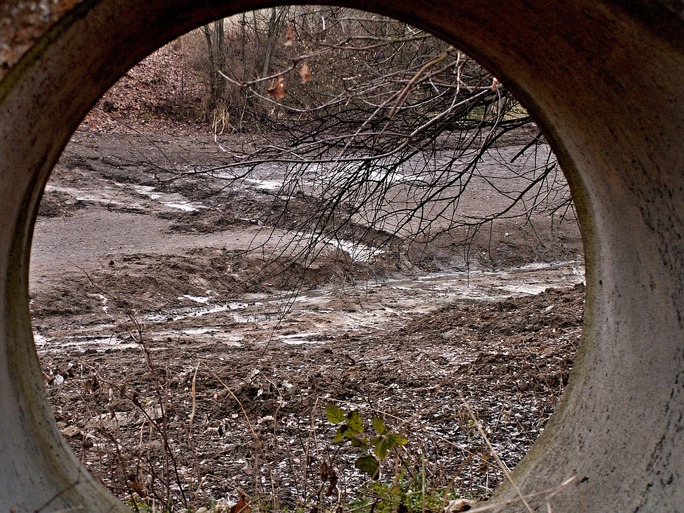Pipe bursting and pipe relining are two methods of trenchless pipe repair. They achieve the same goal through two very different methods. Since both are referred to as “trenchless pipe repair” or sometimes “trenchless pipe replacement” there can be some confusion between the two. These methods each excel under different circumstances and have different pros and cons. At the end of the day, a professional consultation is the best way to discover which method of trenchless pipe repair is right for you.
Pipe Relining
Pipe relining replaces your pipe without needing to remove the old one. Instead of digging, the new pipe is actually made inside of the old one. A flexible cloth tube is inserted into the pipe you wish to replace and dragged through to the end. The tube has been coated with resin and epoxy but kept cool until this point. Once it’s in place, hot air is used to cure the resin into a hard, plastic pipe. Lateral connections are cut and attached, and the pipe is done. The old pipe is still around it and doesn’t need to be removed.
Pipe relining is a very attractive method of pipe repair and replacement. It is very simple, quick, and effective. Relined pipes can last upwards of fifty years and still function in good condition. There is little fuss and no delay to renovation or otherwise. The downside of pipe relining is that it cannot be done on pipes are too degraded. If a pipe has collapsed or is grotesquely out of shape, the new pipe wouldn’t be able to form inside of it.
Pipe Bursting
Pipe bursting is a more dramatic method of trenchless pipe repair. Instead of curing the new pipe inside of the old one, pipe bursting destroys the old pipe completely. This is a method ideal for situations where the replacement pipe is larger than the original pipe. First, a flexible replacement pipe is attached to a splitting head. This head is dragged through the original pipe, bursting it. The burst pipe is opened up. The dirt is displaced by the passage of the large splitting head. The flexible pipe is pulled in its wake and settles in place easily. The remains of the old pipe stay in the ground indefinitely. Because the new pipe is usable almost as soon as it’s in place, this is also a very quick method of pipe repair.
There are few challenges that pipe bursting can’t overcome. It works on all manner of pipes and typically doesn’t take long. Like all construction projects, it can result in a lot of noise being generated. The new pipe is strong and has a long, life expectancy.
Pipe bursting and pipe relining are both reliable ways to replace a pipe without digging it up. If you don’t want to disturb residents in a building, or landscaping for horizontal, below ground pipes, trenchless pipe repair is a great option. A professional assessment can help you weigh the pros and cons of pipe relining and pipe bursting and decide what’s best for your property.
